Colombia’s Coffee Triangle extends far beyond world-class beans and sprawling plantations. This UNESCO World Heritage region nestled in the Andes encompasses colonial towns preserved in time, cloud forests alive with exotic birds, and rolling green hills that conceal hot springs, adventure parks, and remarkably welcoming communities.
Though most travelers follow the well-trodden tourist routes, the region’s true enchantment reveals itself when you venture off the beaten path. Here’s a curated selection of 18 extraordinary destinations that demonstrate why this Colombian corner merits far more than a cursory coffee farm visit.
Salento
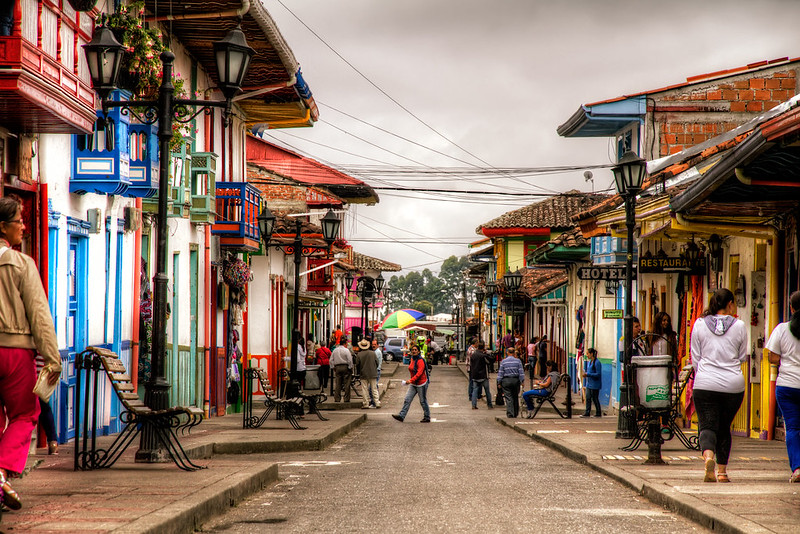
This picture-book town functions as the primary gateway to Colombia’s coffee heritage — and it genuinely delivers on every Instagram promise. Vibrant colonial buildings line the main street, housing artisan workshops, intimate cafés, and restaurants that serve substantial mountain fare. The 200-step climb to Alto de la Cruz provides sweeping vistas of Cocora Valley and the encircling peaks, though the effort’s modest compared to the reward. Despite attracting backpackers and coffee aficionados worldwide, Salento retains its genuine character through some inexplicable local magic.
Cocora Valley
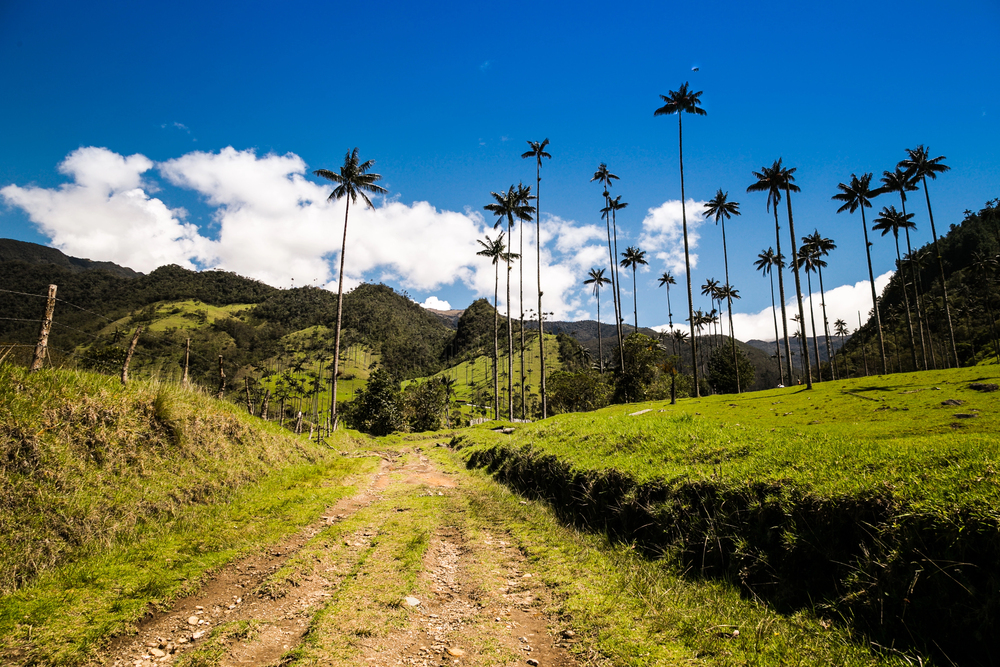
Walking among Earth’s tallest palm trees creates an experience resembling a surreal storybook landscape. These towering wax palms reach heights of 200 feet, forming Colombia’s most distinctive natural emblem against the Andean backdrop. The hiking route winds through cloud forest and pastoral cattle fields before arriving at the valley floor, home to these ancient specimens command the skyline. Weather shifts rapidly at this elevation — pack layers accordingly — and prepare for photographic opportunities that’ll leave your friends questioning reality.
Filandia
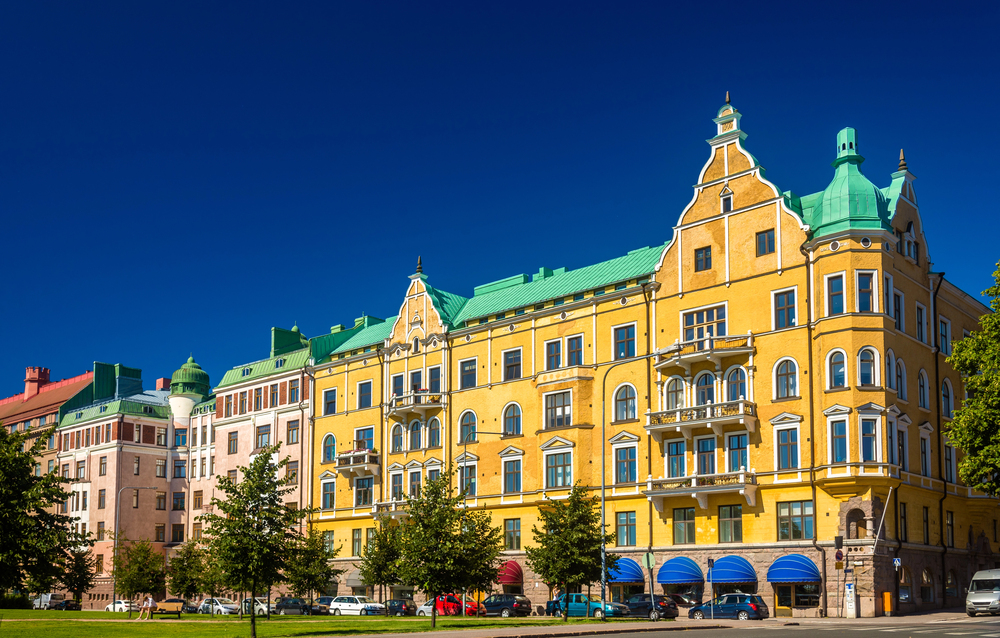
DepositPhotos
While Salento captures headlines, Filandia delivers comparable colonial charm with significantly fewer crowds. The central plaza resembles a living historical exhibit, encircled by impeccably maintained buildings adorned in traditional, vivid hues. Traditional artisans continue their ancestral crafts here; you can observe them weaving palm frond baskets or carving elaborate wooden sculptures with techniques passed down through generations. The valley overlook provides magnificent sunset panoramas minus the tour buses that overwhelm other regional viewpoints.
Manizales
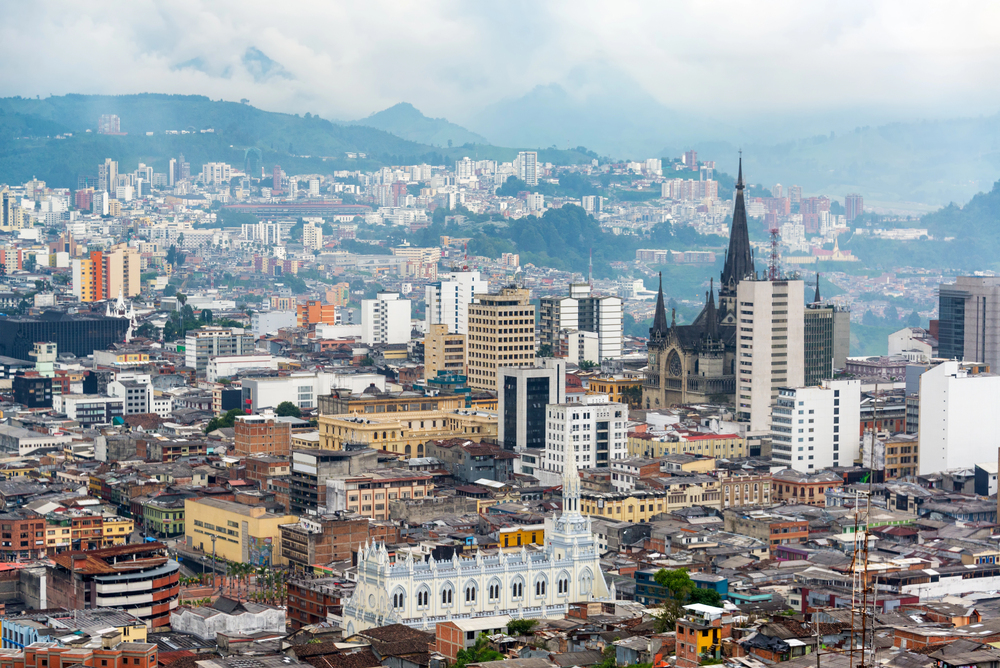
This university city clings to precipitous Andean slopes, merging metropolitan sophistication with deep-rooted coffee traditions in ways that Colombia’s larger cities simply cannot replicate. The cable car network delivers spectacular aerial views while navigating the challenging mountainous geography. Local coffee establishments approach their craft with scientific precision — serving single-origin preparations that compete with anything found in global capitals. The city’s manageable scale encourages pedestrian exploration, while the student demographic maintains vibrant nightlife without creating chaos.
Pereira
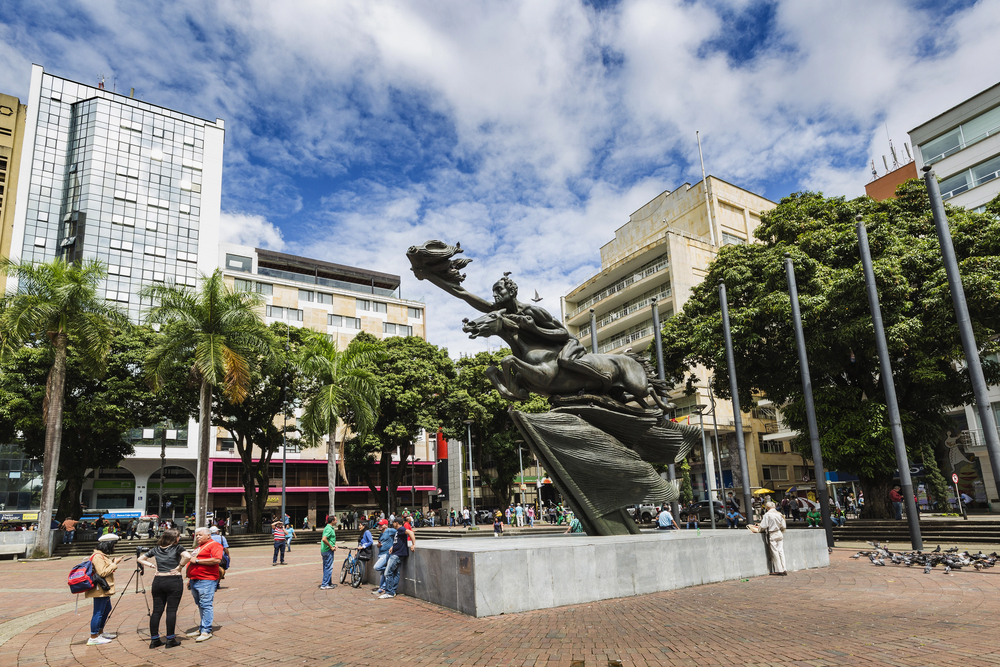
— Photo by sunsinger
Though frequently dismissed as merely a transit hub, Pereira surprises visitors through its successful integration of contemporary conveniences with enduring cultural practices. Evening hours transform the central plaza into a community gathering space where families congregate, children play, and street vendors offer fresh tropical fruits alongside traditional snacks. Multiple exceptional coffee operations function within city boundaries — providing educational tours that feel considerably more genuine than their commercialized regional counterparts. The consistently mild climate makes Pereira an excellent headquarters for broader area exploration.
Armenia
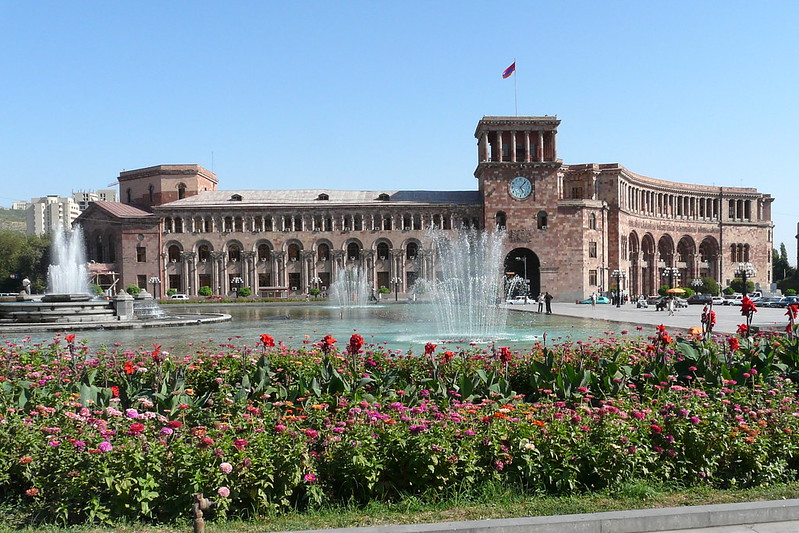
This relaxed city functions as the unofficial capital of Colombia’s coffee territory, yet maintains a refreshingly understated atmosphere. The main square offers premier people-watching opportunities, particularly during weekend markets when local farmers arrive to sell their harvests directly to consumers. Traditional Paisa restaurants serve authentic regional cuisine at prices that’ll make you question urban dining costs elsewhere. Armenia’s strategic location facilitates convenient day excursions to various coffee estates and natural attractions throughout the surrounding region.
Guatapé
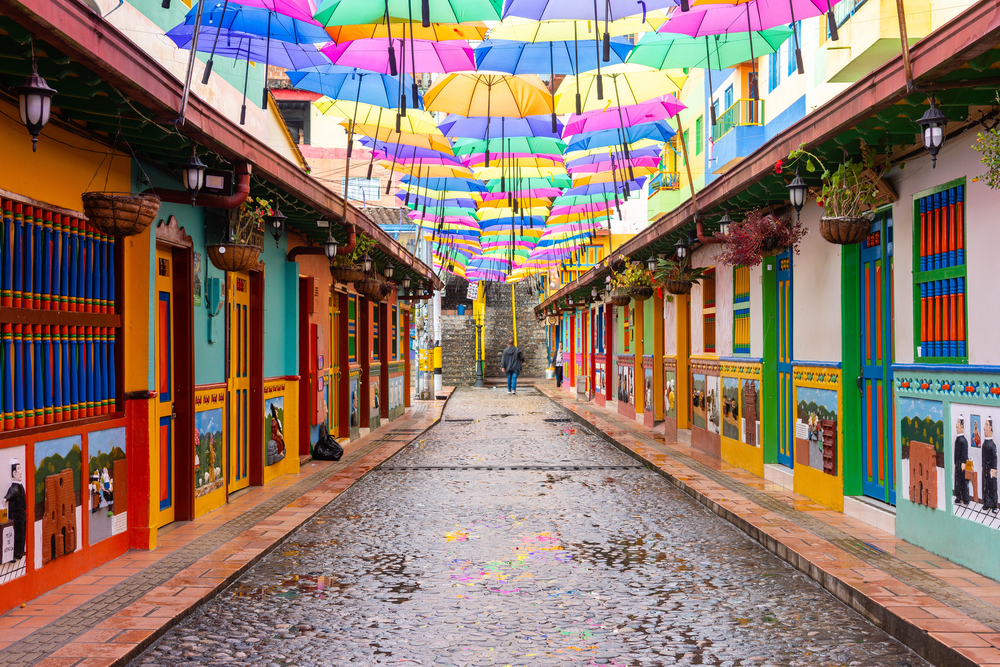
Those Instagram-famous colorful facades exist in reality — and they’re even more striking than digital representations suggest. Each residence displays unique hand-painted designs called ‘zocalos’ that narrate family histories and local traditions through artistic expression. Ascending El Peñón requires climbing 740 stone steps, though the comprehensive 360-degree lake and island vistas justify every labored breath. The lakeside environment creates an almost Mediterranean ambiance that contrasts dramatically with Colombia’s typical mountain aesthetic.
El Peñón Rock
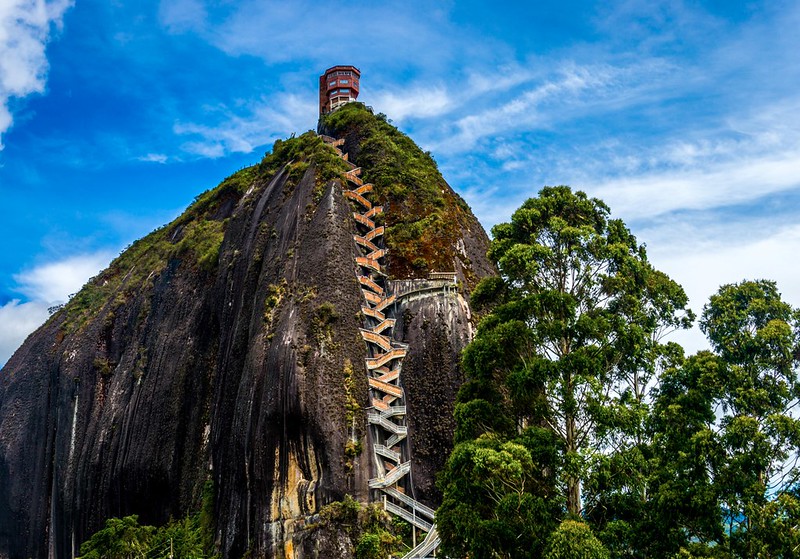
This enormous granite formation rises 650 feet from the surrounding terrain, resembling something more appropriate for Arizona’s desert landscape than Colombia’s lush Andes. A zigzag staircase carved into the rock’s natural fissure leads to a summit offering views that extend across multiple horizons. Enterprising vendors at the base provide fresh coconut water and energy-boosting snacks — perfect for post-climb recovery. The monolith’s unusual geological formation and imposing presence create one of those natural spectacles that photography simply cannot adequately convey.
Santa Rosa de Cabal
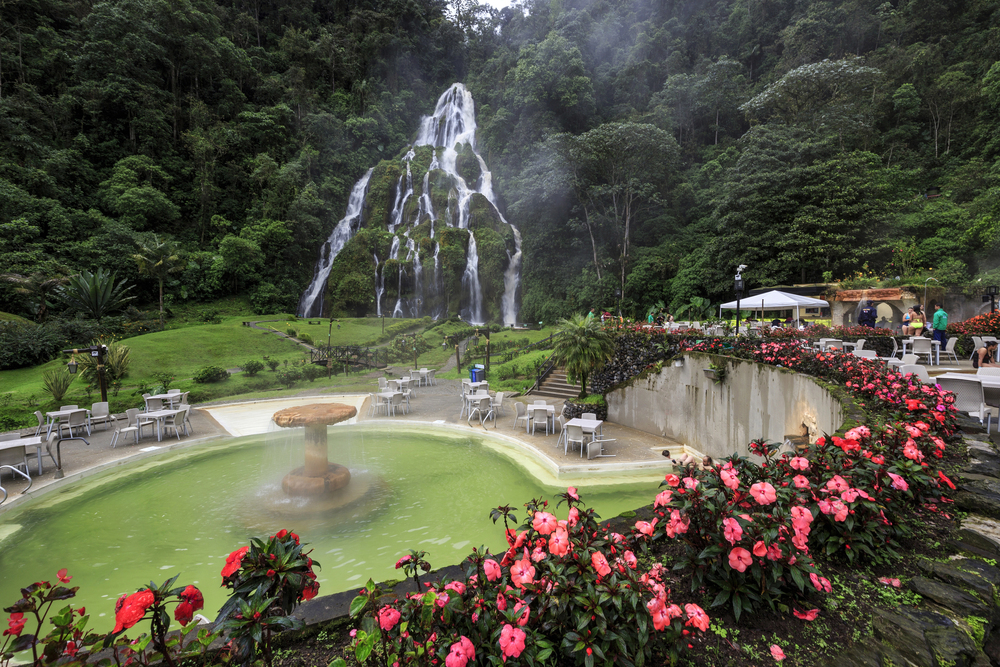
— Photo by sunsinger
Throughout Colombia, this town maintains legendary status for its therapeutic thermal springs — offering ideal recovery after extended hiking and coffee farm exploration. Natural hot springs flow down rocky terraces in cascading fashion, creating pools with varying temperatures where visitors can soak away accumulated travel fatigue. Local culinary establishments specialize in chorizo santarrosano, a distinctive sausage preparation that’s achieved regional fame. The community preserves its authentic character since most tourists focus exclusively on the springs rather than exploring the town’s broader offerings.
Los Nevados National Park
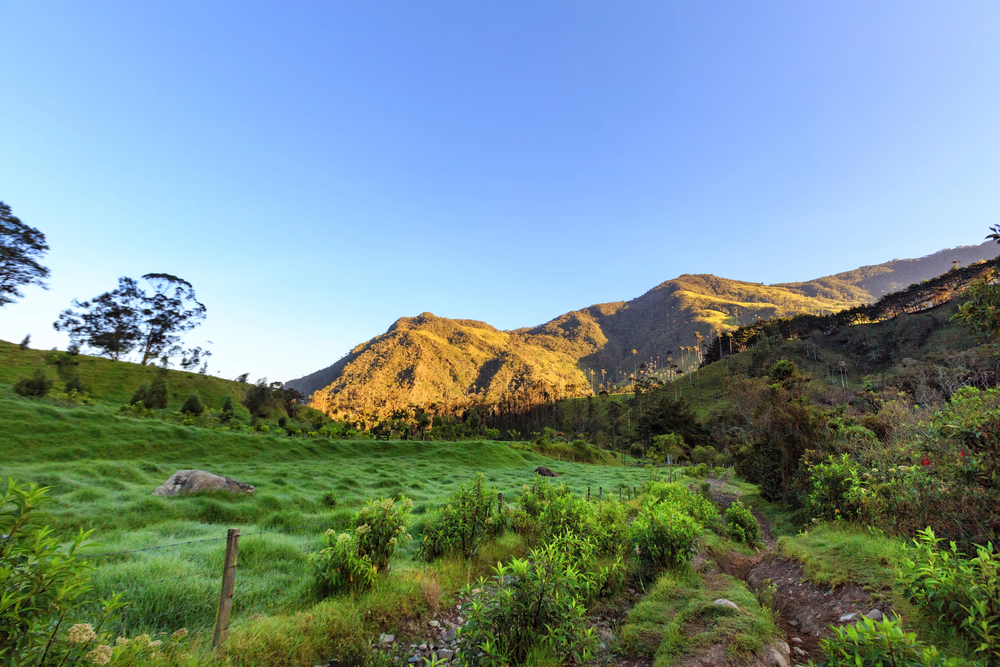
This high-altitude wilderness safeguards some of Colombia’s remaining glacial formations while providing hiking experiences that rival any Andean destination. The unique paramo ecosystem supports plant species found nowhere else globally, including massive rosette formations that appear extraterrestrial in origin. Wildlife encounters may include Andean bears, mountain tapirs, and numerous bird species specifically adapted to extreme altitude conditions. The park demands serious preparation and appropriate equipment, yet rewards prepared adventurers with landscapes that appear completely untouched by human activity.
Jardín

This remarkable town earned its name through obvious merit – vibrant flowers cascade from every balcony and line the streets in meticulously maintained displays. The main square hosts one of Colombia’s most enchanting markets, where local farmers sell exotic fruits alongside traditional handicrafts. Cable car excursions to surrounding peaks reveal spectacular views of coffee-carpeted hillsides stretching toward distant horizons. The town’s relative isolation has prevented tourism from overwhelming its authentic character, and locals still gather each evening for conversation and dominoes.
Marsella
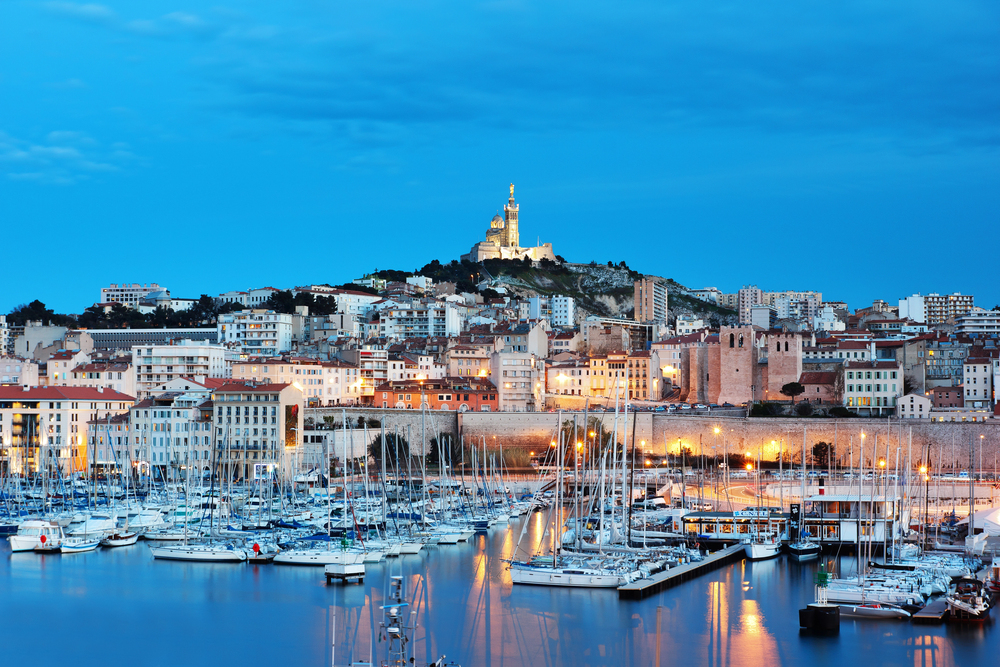
Coffee enthusiasts regard this small community as the epicenter of authentic Colombian coffee culture, where traditional cultivation methods remain largely unaltered. The surrounding hills contain some of the region’s oldest coffee estates, many still operated by families who’ve grown beans across multiple generations. Farm walking tours provide coffee production insights that extend far beyond typical tourist experiences. The town itself enchants visitors through its unhurried pace and genuine warmth from locals who encounter foreign visitors infrequently.
Chinchiná
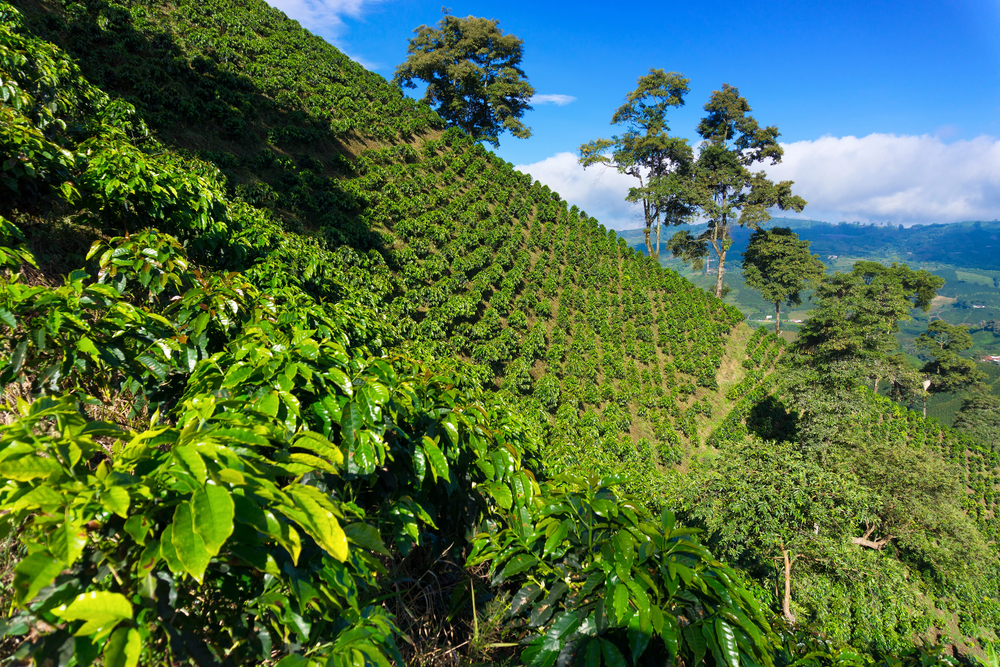
This working-class community offers genuine glimpses into daily life within Colombia’s coffee region, completely free from tourist pretense. The central market overflows with tropical produce, vegetables, and local specialties priced according to the local economy rather than visitor expectations. Several family-operated coffee farms throughout the surrounding hills welcome guests for educational experiences that prioritize education over performance. The town’s position along major transportation corridors makes it a practical stopover, though most travelers pass through without recognizing the missed opportunities.
Riosucio
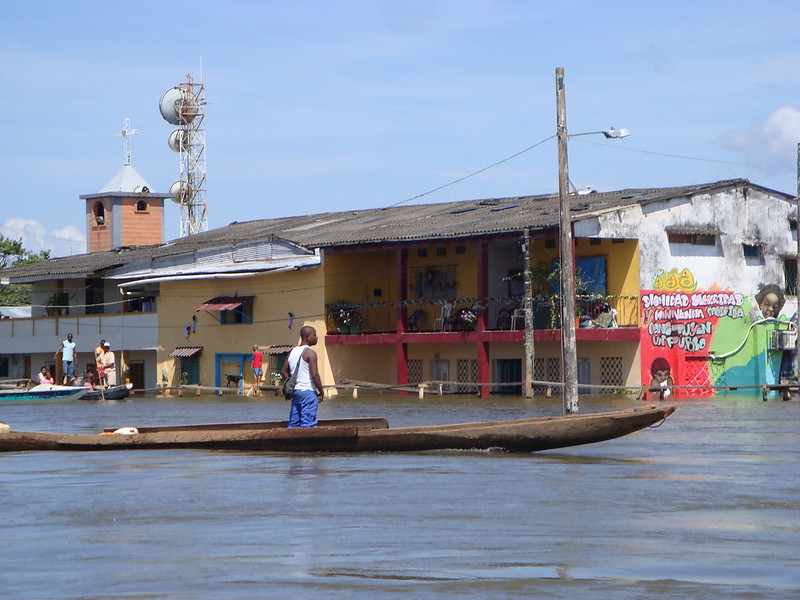
Famous throughout Colombia for its biennial carnival celebration, this town transforms into an enormous street festival that rivals Rio de Janeiro’s renowned festivities. Even during non-carnival periods, the community maintains festive energy through colorful murals and street art covering numerous buildings. Local craftspeople specialize in mask creation and traditional handicrafts that play essential roles in carnival celebrations. The surrounding countryside provides excellent hiking opportunities through coffee plantations and cloud forests that attract very few tourists.
Pijao
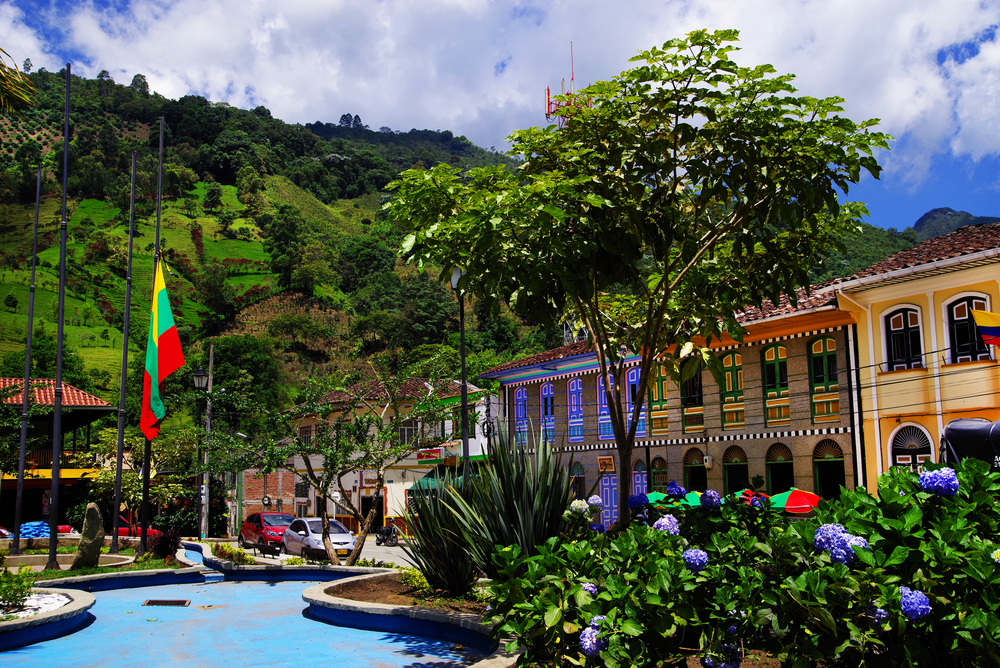
This tranquil mountain town exemplifies the peaceful rural lifestyle that characterizes much of Colombia’s coffee region. The main square features one of the area’s most beautiful colonial churches, with an interior that has remained virtually unchanged for centuries. Local coffee farms emphasize sustainable cultivation practices and frequently welcome visitors for hands-on experiences during harvest periods. The town’s isolated location means you’ll likely be the sole tourist, enabling authentic interactions with locals who display genuine curiosity about foreign visitors.
Buenavista
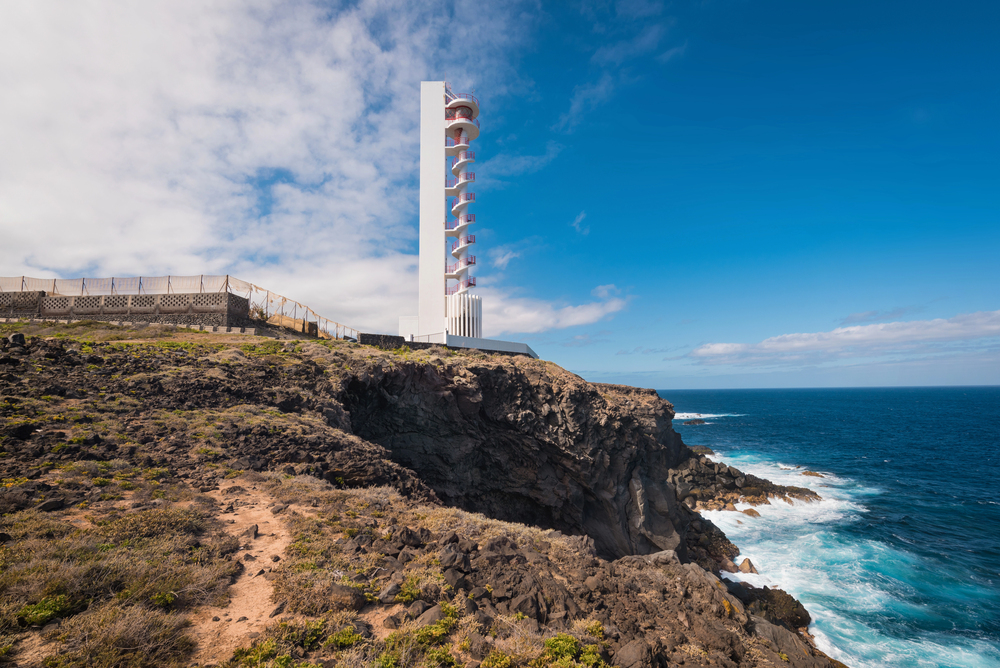
Positioned high in the mountains, this town provides some of the coffee region’s most spectacular panoramic views. The winding access road passes through multiple ecosystems, transitioning from tropical valleys to cool cloud forests within just a few miles. Local restaurants serve fresh trout caught from mountain streams, typically prepared with herbs cultivated in the establishment’s own gardens. The town’s elevation creates pleasantly cool temperatures that offer welcome relief from lower altitude heat.
Caldas
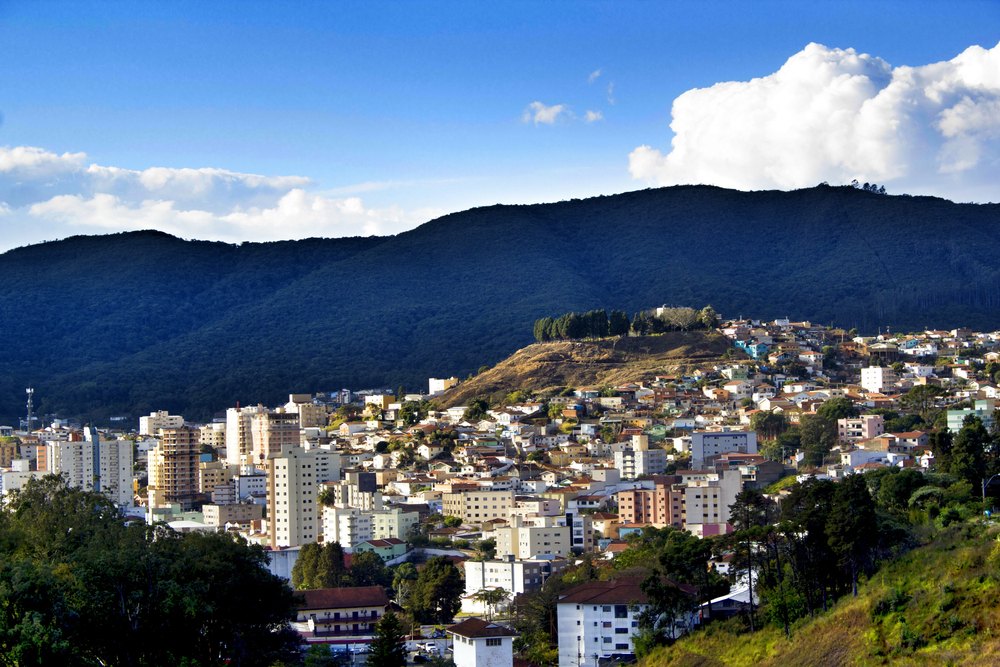
This compact town occupies the optimal elevation for coffee cultivation, and surrounding farms produce some of the region’s highest-quality beans. The cooperative system enables small-scale farmers to compete with larger operations by combining resources and expertise. Walking tours through these cooperative farms reveal insights into how traditional coffee culture adapts to contemporary market demands. The town’s small size allows easy pedestrian exploration, and locals eagerly share recommendations for the finest local coffee establishments.
Aguadas
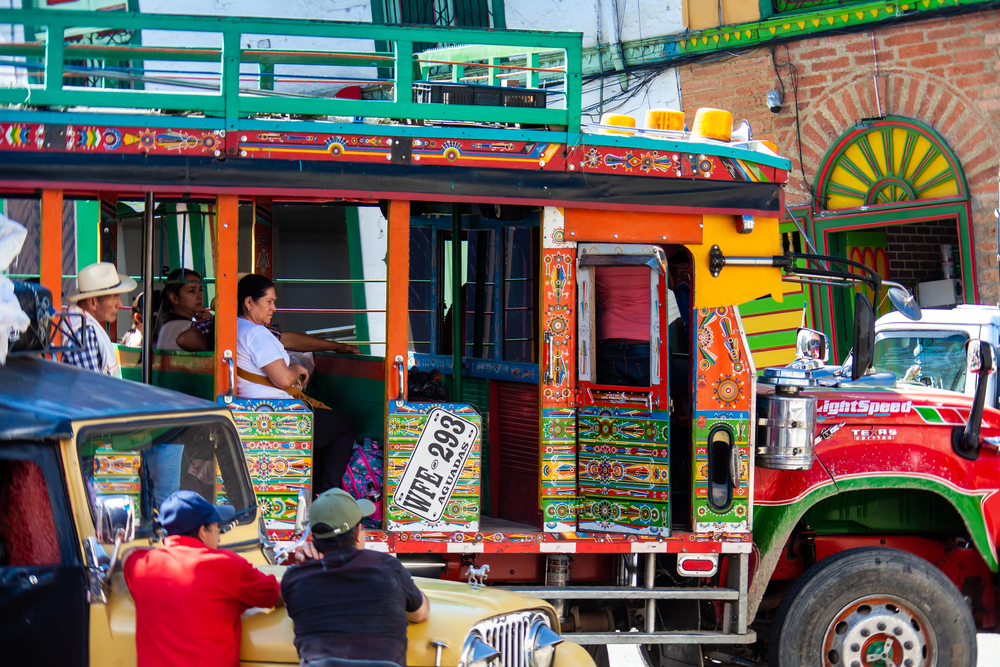
— Photo by anamejia18
Known as the ‘City of Mist’ due to clouds that frequently drift through its mountain location, this town evokes a fairy tale atmosphere. The colonial architecture remains remarkably well-preserved, with numerous buildings dating to the Spanish colonial era. Local artisans continue traditional hat-making techniques transmitted through generations of craftspeople. The surrounding cloud forests provide exceptional bird-watching opportunities, featuring species that exist exclusively at these specific elevations and environmental conditions.
Where Ancient Traditions Shape Modern Adventures
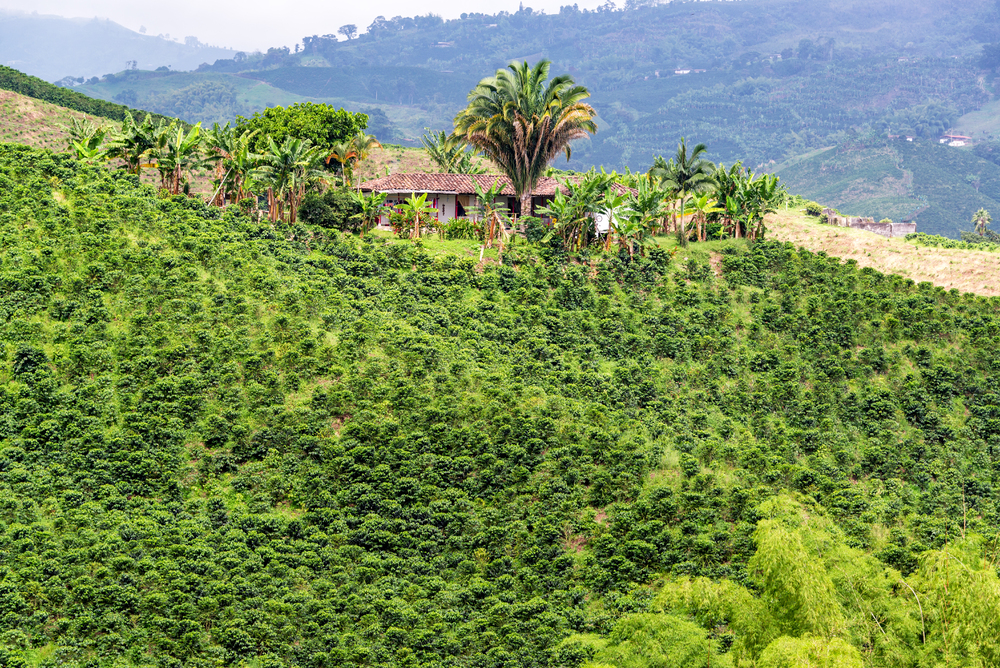
Colombia’s Coffee Triangle continues its evolution while preserving the traditions that established its global reputation. These communities and natural areas represent a region where centuries-old coffee cultivation techniques coexist harmoniously with modern tourism infrastructure and conservation initiatives. The residents’ warmth matches the region’s perfect climate, creating an environment where visitors quickly understand why countless travelers extend their planned stays indefinitely. Whether seeking cloud forest adventures, hot spring relaxation, or simply the perfect coffee experience, this Colombian corner delivers memories that persist long after departure.
More from Travel Pug

- 20 Best Beach Towns in the Carolinas
- 13 Destinations Where Tourists Regularly Regret Their Trip
- 20 Things You Actually Get in First Class
- 20 Small Airports With Aviation Museums
- 20 Places in the U.S. That Are Perfect for a Reset Trip
Like Travel Pug’s content? Follow us on MSN.
